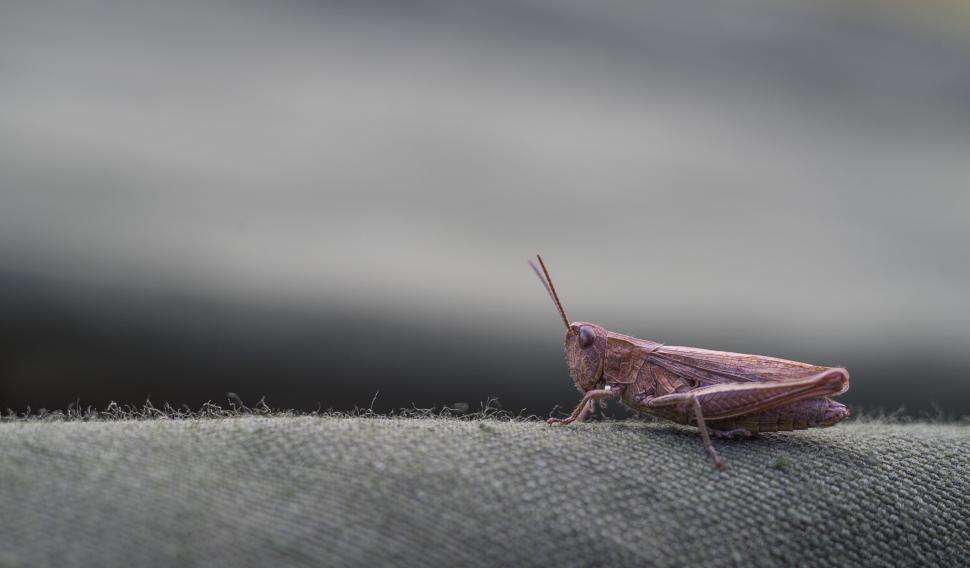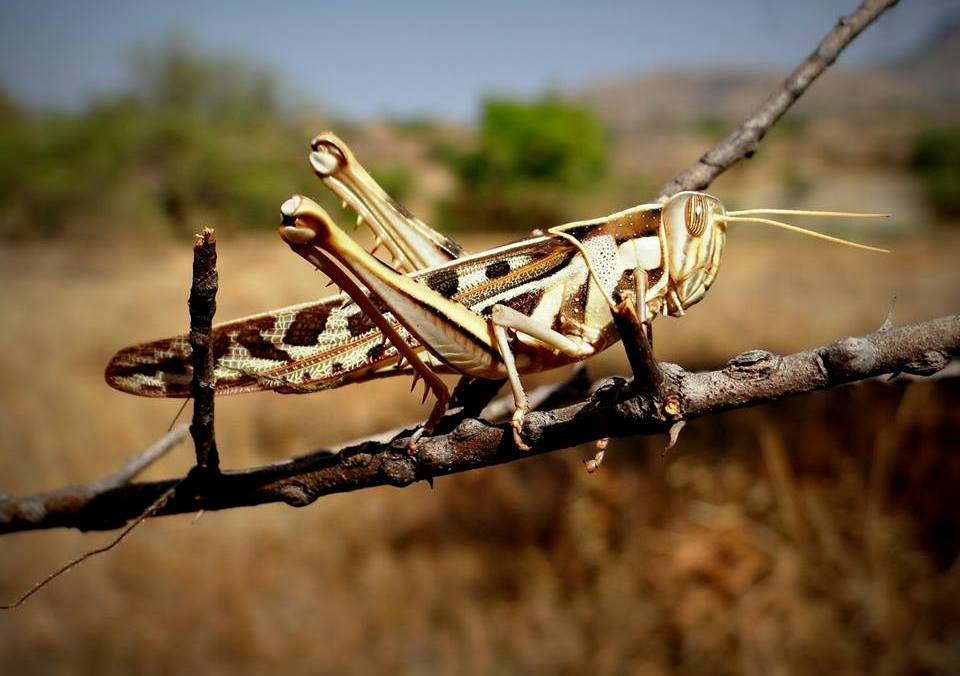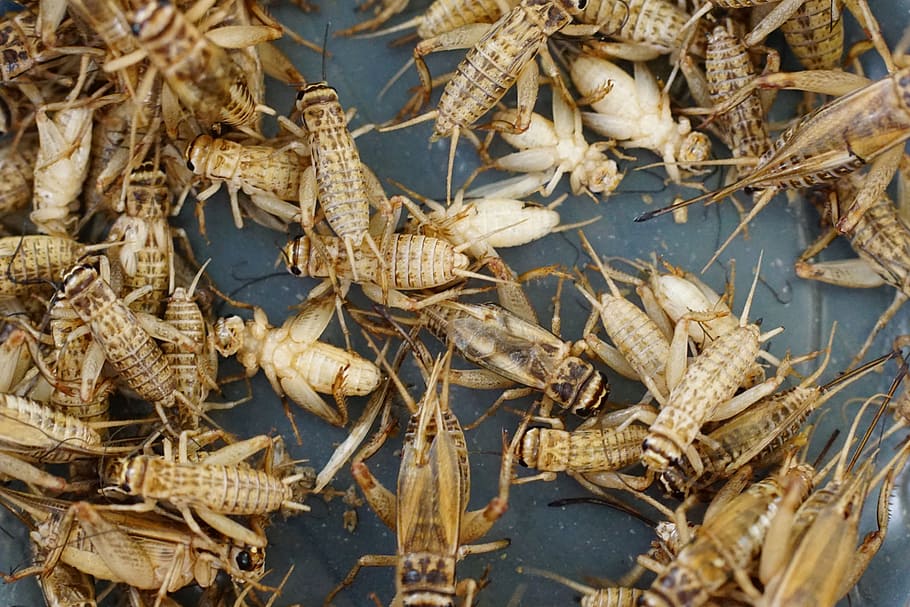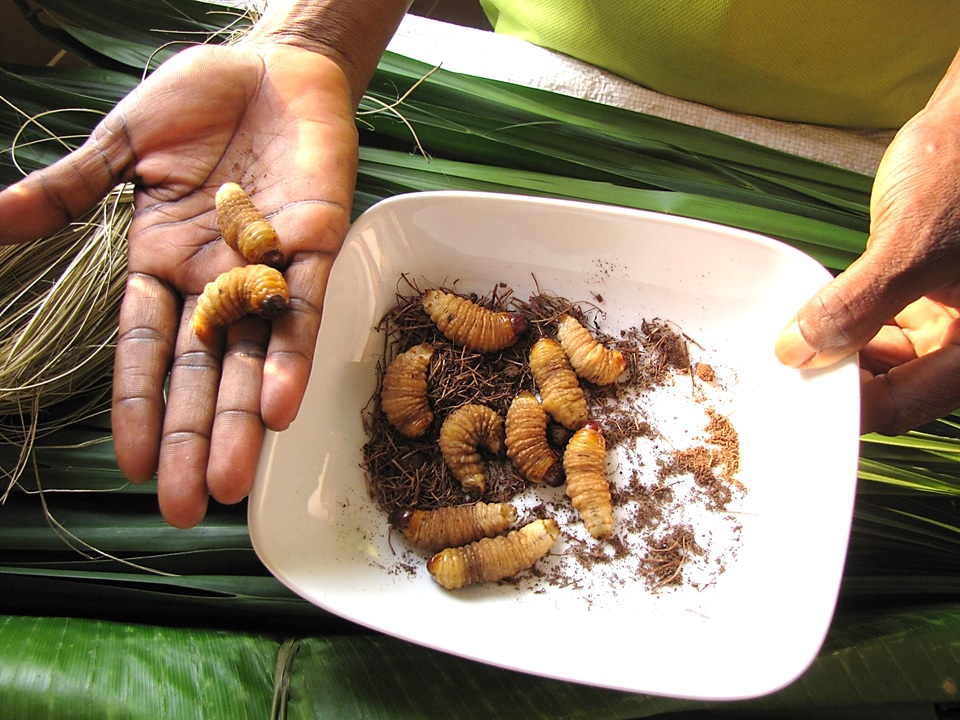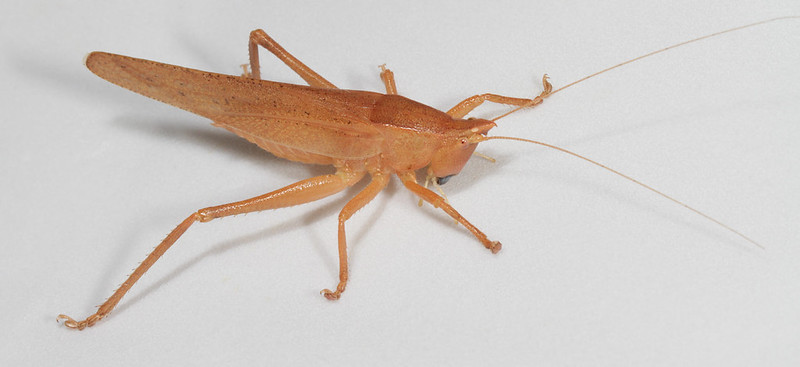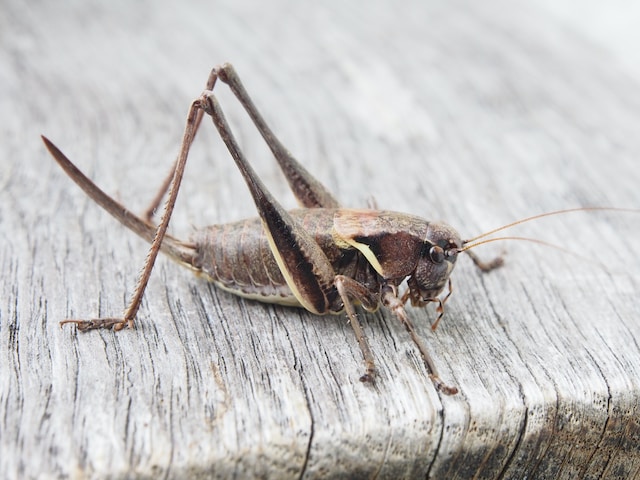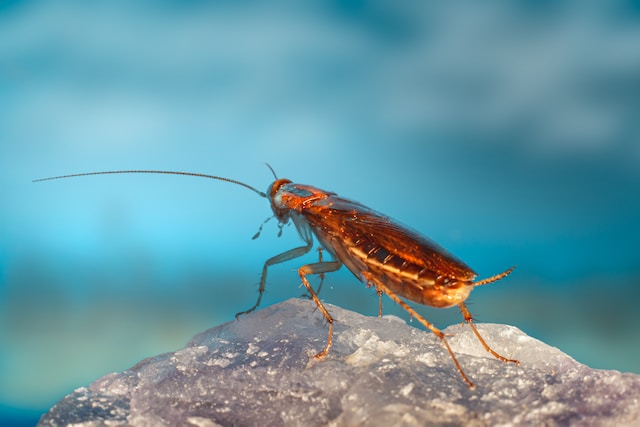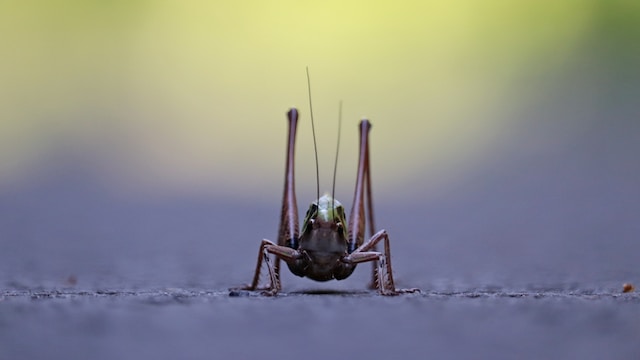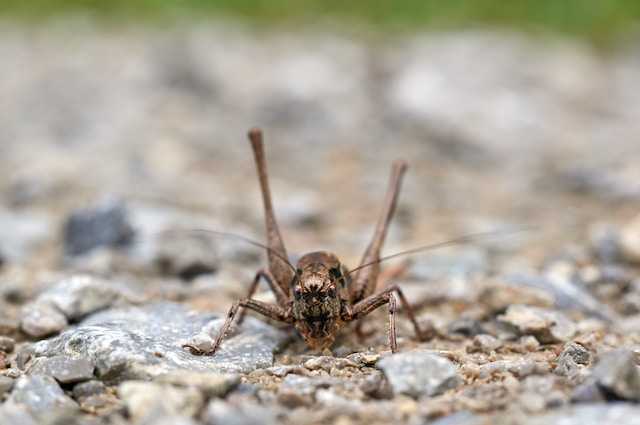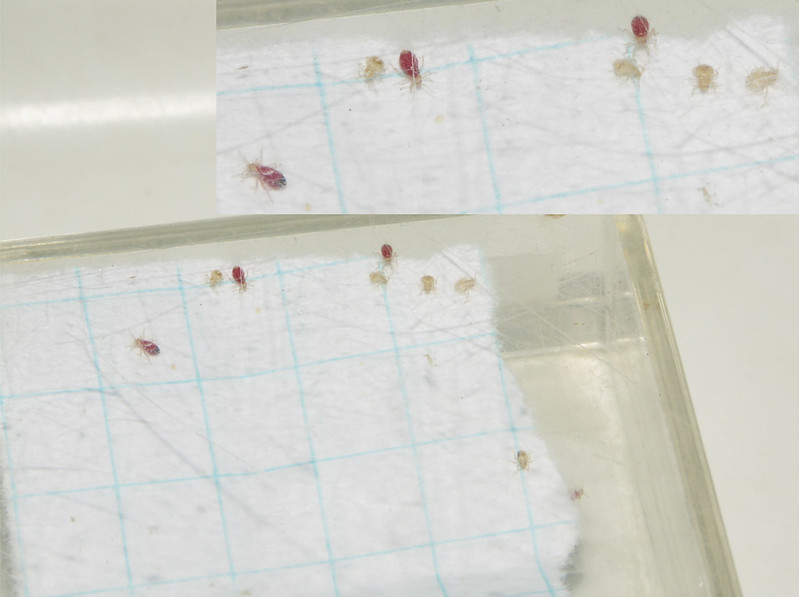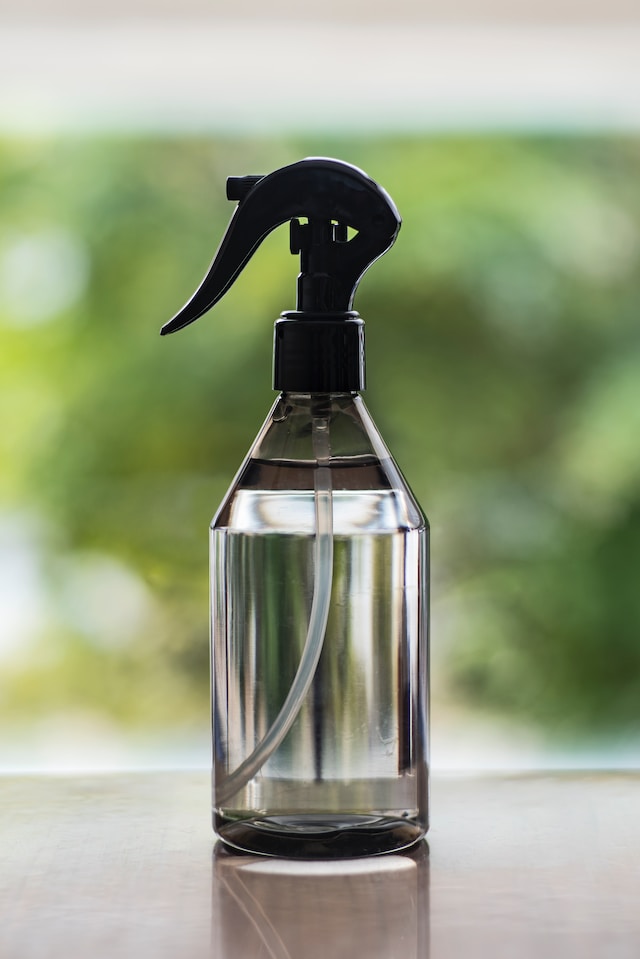Grasshoppers and crickets are similar insects, but they’re two different species. It can be difficult to tell them apart, but we’ve got the details you need if you want to become more of an expert on the differences between crickets vs grasshoppers.
Here are some of the features we’ll talk about:
- Getting to know how they’re related
- Spotting the differences in their physical appearances
- Understanding where crickets and grasshoppers each prefer to live
- Learning about how they communicate
- Discovering what they each eat
Sit back, relax, and let’s get to know these interesting insects!
Discovering These Chirping Cousins
Grasshoppers and crickets both belong to the order Orthoptera, which also includes locusts and katydids. From there, the order splits; grasshoppers belong to the suborder Caelifera, while crickets belong to the suborder Ensifera. This means that they’re sort of cousins in the insect world, but they aren’t quite as close as their appearances might lead you to believe.
Some key differences include their sizes, colors, eating habits, how they create their music, where they prefer to live, and what they eat.
Using a Keen Eye to Detect Differences
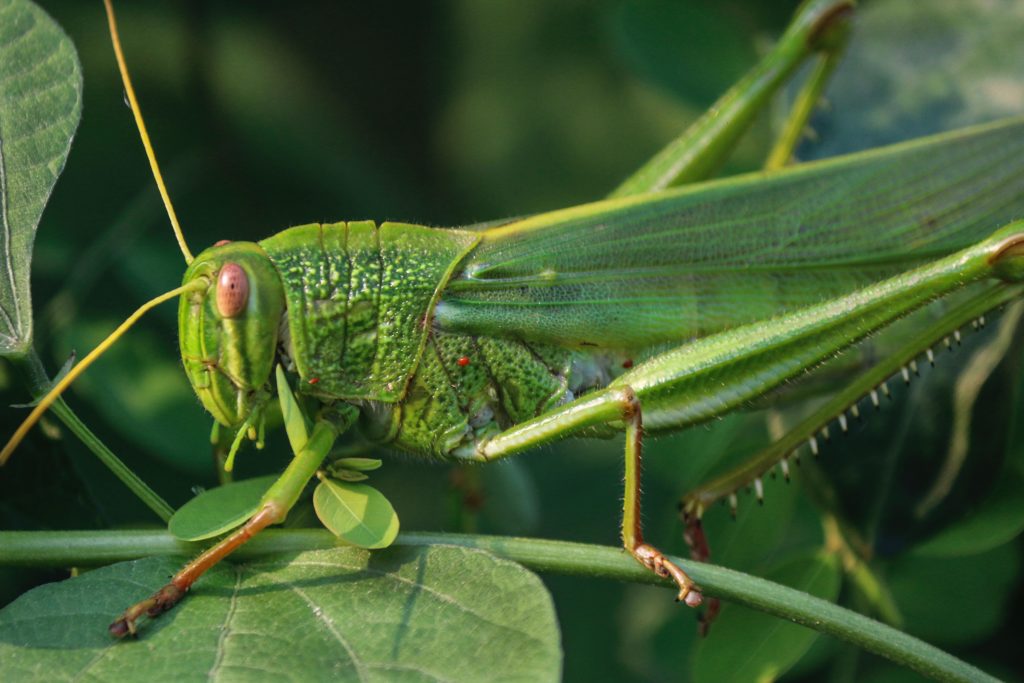
The most obvious differences will be the ones you can see. Crickets and grasshoppers have similar bodies, including long, folded hind legs that help them jump. Their differences are more prominent than their similarities, though.
First, grasshoppers are larger than crickets, generally speaking. While there is some overlap between the largest crickets and the smallest grasshoppers, the latter are usually longer.
Their color is also different: grasshoppers are usually a shade of green, while crickets tend to be brown, gray, or black. Again, there’s some overlap here; some grasshoppers can be more brownish, and there is at least one species of cricket (the great green bush cricket) that is green. If you’re in the United States, though, the grasshoppers tend to be green and the crickets tend to be darker shades of brown and black.
If you’re still not sure what you’re seeing, take a look at the insect’s antennae. If they’re long, maybe even as long as the insect’s body, it’s probably a cricket, and if they’re short, it’s probably a grasshopper.
Grasshoppers always have wings, and crickets sometimes do. If the critter you’re questioning has no wings, it must be a cricket. If it does have wings, it could be either.
Finding Out Where Crickets and Grasshoppers Are Likely to Live
One thing to keep in mind is that grasshoppers are more active during the day, while crickets are more active at night. If you’re out on a sunny day and you see a green or greenish-brown long-legged insect that could be either a cricket or a grasshopper, it’s likely a grasshopper. On the other hand, if your mystery musician is out serenading the nighttime air, it’s likely a cricket.
Crickets prefer darker, shaded areas where they can hide. They’re also attracted to lights, so you might see them jumping out of damp, dark areas onto the sidewalk where your outside lights are shining after dark.
Grasshoppers, on the other hand, like open fields, where they can eat their fill of grass and also blend in with the grass. They can live in deserts, grasslands, and tropical areas without much trouble.
While it’s possible for either to make their way into your house, if you have an infestation starting, crickets are more likely to blame. A grasshopper won’t find the open spaces and grass they need and want to survive in your home, but a cricket will find plenty of dark hiding spaces.
Deciphering Their Stridulation Styles

Stridulation is the way crickets and grasshoppers create their melodies; it means that they rub together body parts to product buzzing or chirping sounds.
Grasshoppers make sounds by rubbing their long hind legs against their wings. The resulting sounds are clicks and chirps designed to help t hem find a mate and also to protect themselves and their territory. They tend to make most of their sounds during the day.
Crickets, however, rub their front wings together. Only the males can make these sounds, which are a high-pitched chirp; they do it to attract females and also to warn predators to stay away. Most of a cricket’s music will be made at night.
Getting to Know What’s on Their Menus
Another striking difference between crickets and grasshoppers is what they prefer to eat. Grasshoppers are herbivores and only eat plant matter. They find plenty of it in grassy fields, backyards, the woods, and anywhere else they can find plants, including grass. If grasshoppers get into the house, they will generally either leave or die, since they won’t be very successful in finding the food they need in most cases. They are, however, capable of inflicting damage to a garden or a field of crops.
Crickets are omnivores and will scavenge and eat opportunistically. This means they can make perfectly fine meals out of crumbs on your floor, other insects, or plants. If they get into your house, they’ll often be able to scrounge up what they need to eat and stay alive, so they might stay a while. If they’re outdoors, though, crickets are beneficial because they contribute to cleaning up organic matter, making the world a little less dirty.
The next time you see a long-legged jumping insect or you hear chirping outside, take a few moments to listen. You might be able to identify which critter it’s more likely to be based on where it’s living, what color it is, how large it is, and maybe even what it’s eating.
